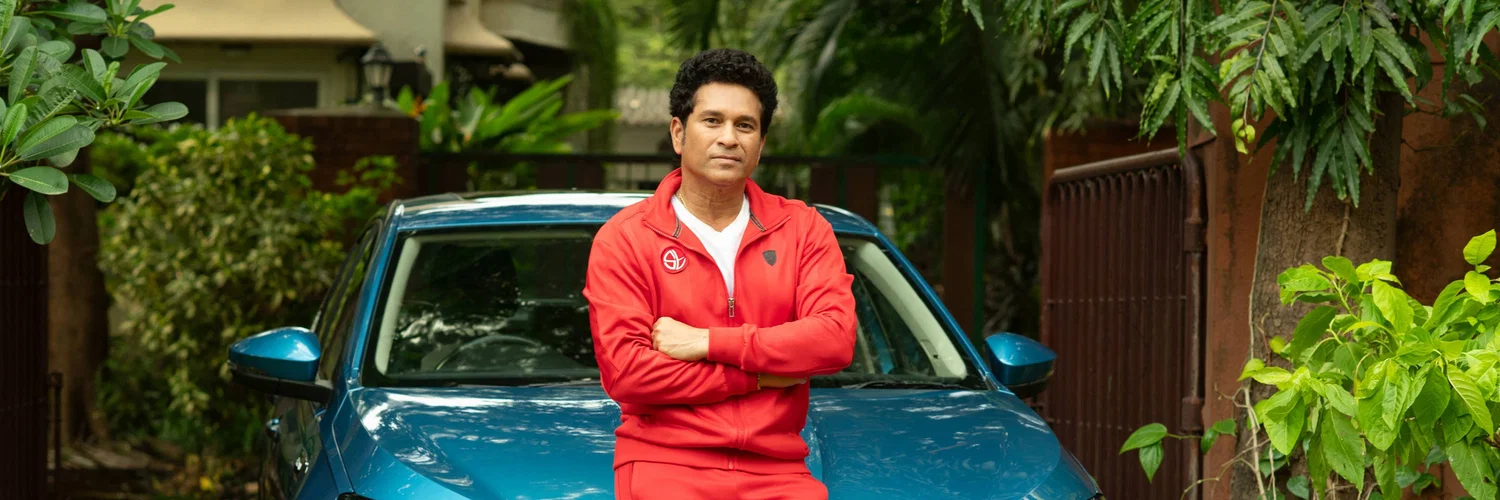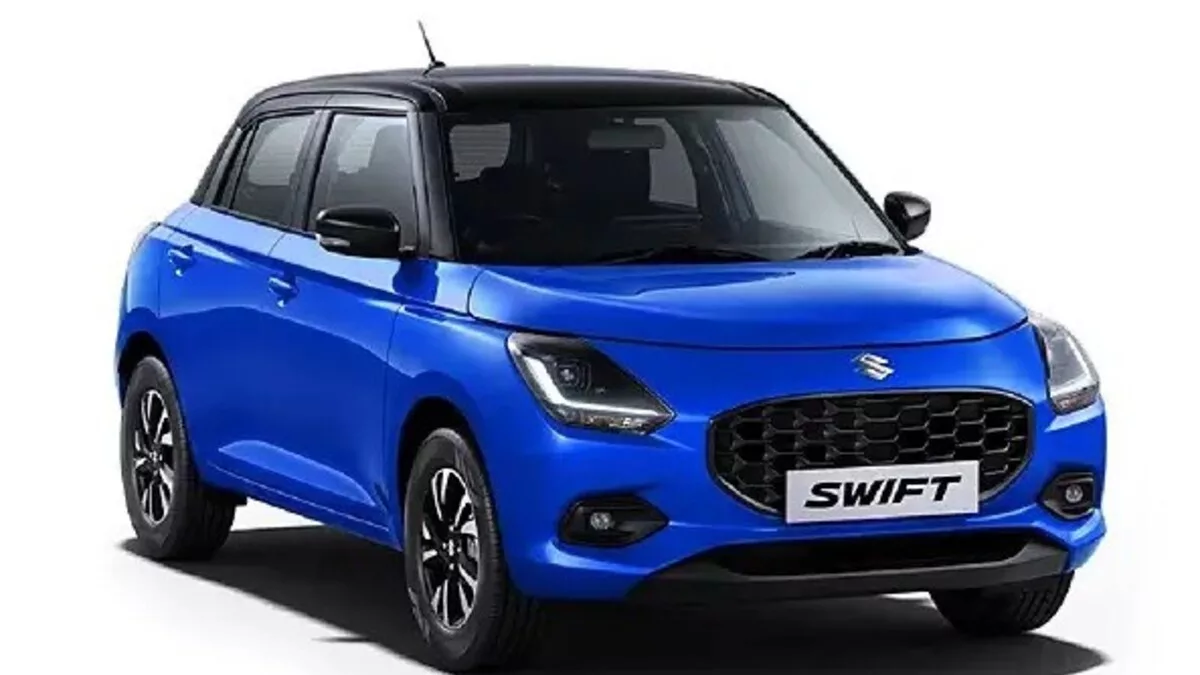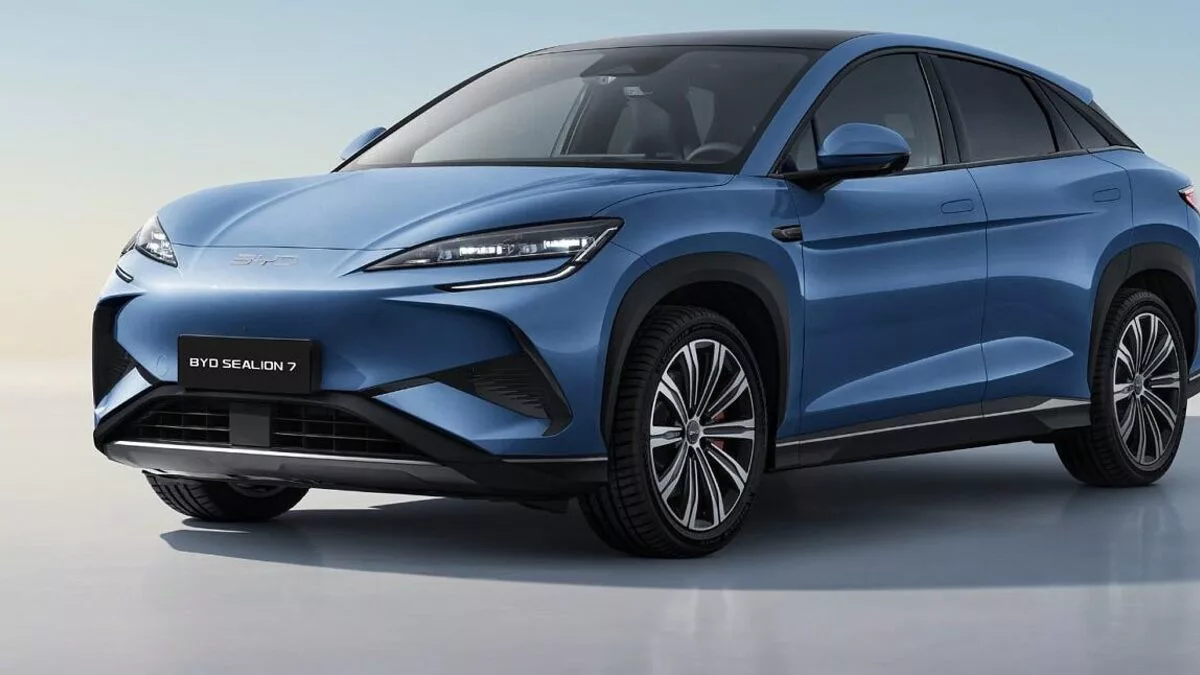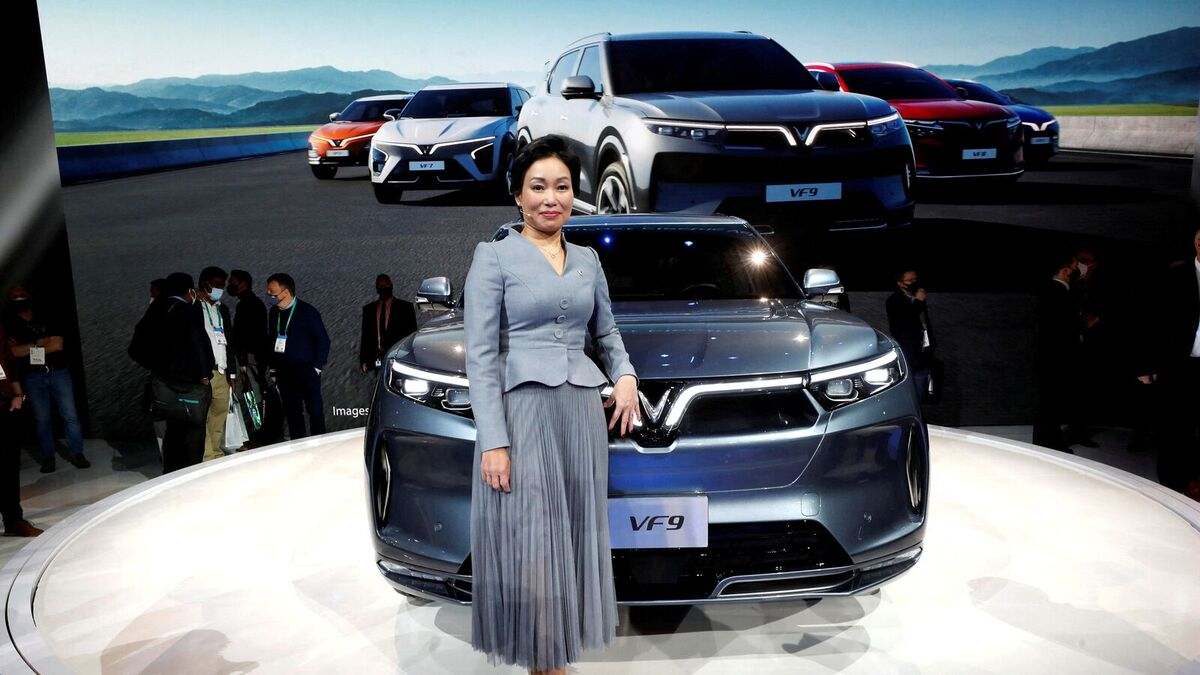With the Hyundai i20 facelift making its global debut in May, the South Korean automaker is now set to finally bring the updated hot-hatch to Indian shores. Dropping a teaser hinting at the imminent launch of the updated i20, the excitement surrounding the launch of the i20 facelift has picked up pace. Even though the mid-life update will be focused towards cosmetic changes and feature upgrades, it will surely be a worthy addition to the i20’s legacy. Here’s everything we know about the upcoming Hyundai i20 facelift
{count} Feature Packed i20 Cars on Spinny
Hyundai i20 Facelift: Exterior Design

Much like any facelift, the upcoming Hyundai i20 facelift will bring in minor cosmetic changes to the front and rear profile of the hatchback. The most noticeable of all the changes will be the slight tweaks to the front grille along with some revisions to the headlamp cluster as well, which will most likely be full LED units this time. The hatchback is also expected to feature two large arrow-shaped air inlets on either side of the bumper, rendering the hatchback a sportier appearance. The lower part of the chin features black inserts giving the front profile a wider stance. The Hyundai logo is also repositioned to the base of the bonnet with a 2D design that looks simple yet assertive. The rear profile will feature changes that include repositioned reflectors, dual-tone bumpers, and a bigger faux diffuser. Additionally, the hatchback is also expected to arrive with a new set of alloys and some unique colour options.
Hyundai i20 Facelift: Interiors and Features
While there won’t be any changes to the interior design, it is expected that the facelift will offer some big feature upgrades. The updated premium hatchback is expected to feature a dual dash cam set-up along with an updated fully digital instrument cluster. Moreover, since no other hatchback in the segment offers ADAS safety features, it is expected that Hyundai will offer the technology onboard the i20 facelift.
Hyundai i20 Facelift: Powertrain
As already stated, the Hyundai i20 Facelift will be mechanically unchanged and will continue to offer the 1.2-litre naturally aspirated petrol engine alongside the 1.0-litre turbocharged petrol. Transmission options will include a manual along with a CVT automatic for the bigger unit and an iMT along with a DCT automatic for the smaller one. Upon launch, the Hyundai i20 Facelift will lock horns with long-term rivals such as the Maruti Suzuki Baleno, Toyota Glanza and Tata Altroz.






 ne big family!
ne big family!